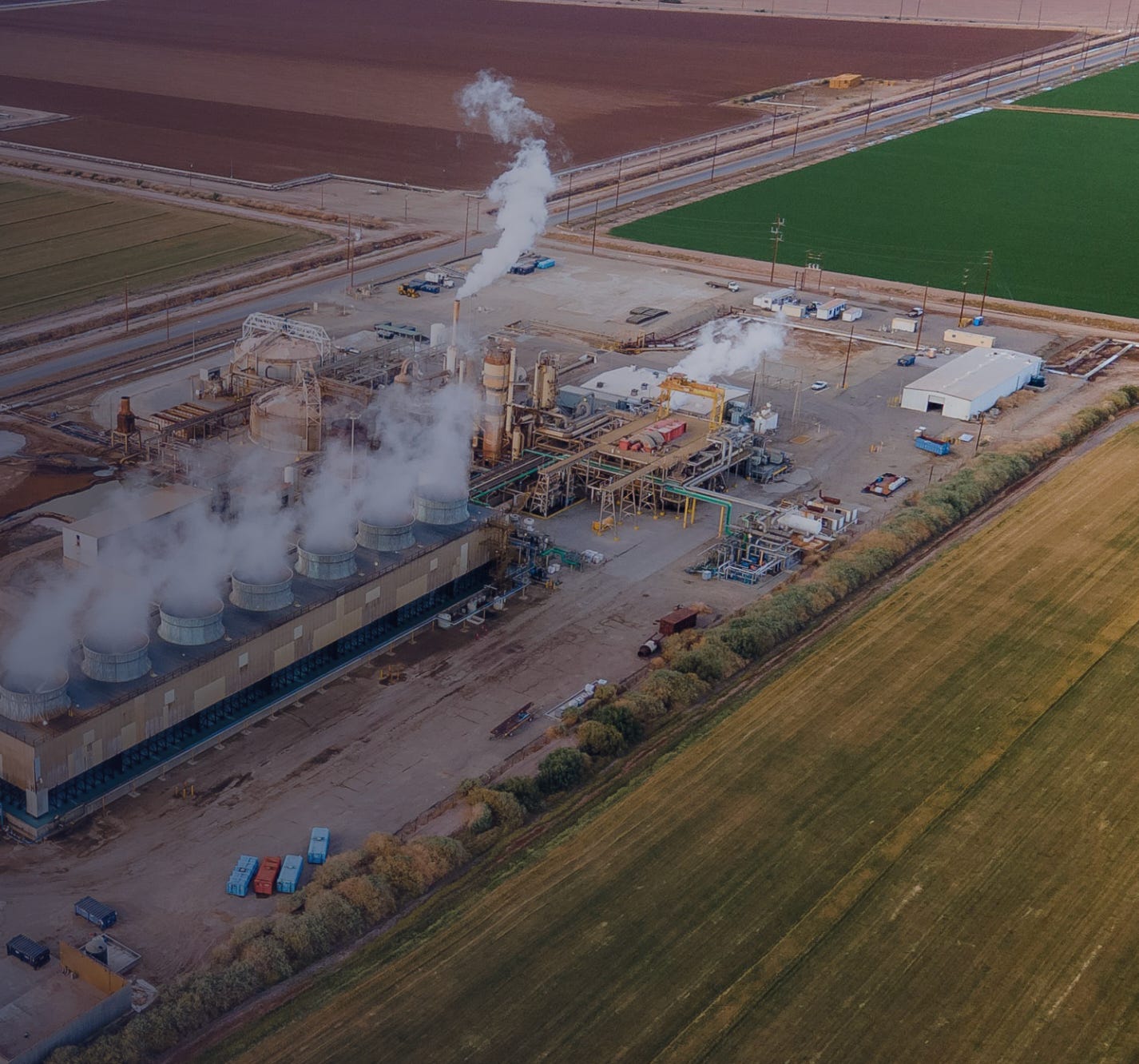- Yaro on AI and Tech Trends
- Posts
- ⚡️Who is Quietly Powering America’s Clean Energy Future?
⚡️Who is Quietly Powering America’s Clean Energy Future?
Plus: China’s Clean Energy Leap.
Get in Front of 50k Tech Leaders: Grow With Us
Subscribe and do not miss the latest in AI and Tech. Plus, Join our vibrant community.
Happy Friday, team! In this energy edition, we explore who's quietly driving the clean energy future in the U.S. — and how China is racing ahead with its own breakthrough reactor. Plus, we look at why OpenAI’s new vision models are raising fresh privacy concerns.
Enjoy your weekend, and feel free to comment and share!
China’s Clean Energy Leap.
Who is Quietly Powering America’s Clean Energy Future?
🧰 AI Tools - Video Creation.
🧠 Learning Corner - Intermediate to Advanced AI Courses.
Reverse Location is becoming a Trend, raising privacy Concerns.
📰 News and Trends.
Who is Quietly Powering America’s Clean Energy Future?

The Department of Energy’s FORGE project — a $218M geothermal research lab in Utah — has proven that government-backed field research can drive real progress in clean energy. FORGE has cut drilling costs by up to 50% and helped boost private sector confidence, with companies like Fervo raising $255M and supplying power to Google.
The DOE’s FORGE project has slashed geothermal drilling costs by 50% and revived investor interest in clean energy. Backed by $218M, the Utah lab enables risky experiments. Experts call for more FORGE sites to scale U.S. geothermal potential, despite criticism over its narrow focus and slow pace.
🧠 Learning Corner.
Intermediate to Advanced Courses.
Machine Learning by Andrew Ng (Coursera) - A foundational course covering supervised learning, unsupervised learning, and best practices.
Deep Learning Specialization (DeepLearning.AI) - A five-course series on neural networks, CNNs, RNNs, and transformers.
Practical Deep Learning for Coders (Fast.ai) - A hands-on course requiring only Python knowledge, focusing on real-world applications.
New AI Models - Reverse Location is becoming a Trend, raising privacy Concerns.

OpenAI has launched its new AI models, o3 and o4-mini, marking a major leap in multimodal reasoning. These models can analyze visual data with advanced accuracy, unlocking powerful new applications across industries and setting a new standard for AI capabilities.
A viral trend has emerged where users are using OpenAI’s new models, o3 and o4-mini, to identify locations from photos, including blurry or distorted ones. These models can analyze image content with surprising accuracy, identifying landmarks, restaurants, and even bars by mimicking the game GeoGuessr.
This “reverse location lookup” isn’t limited to EXIF data or memory — it works off visual reasoning alone. Some examples include correctly identifying specific bars or neighborhoods from obscure visual clues. The trend highlights potential privacy risks, such as doxxing from social media photos. OpenAI responded by stating it has added safeguards against identifying private individuals and monitors for abuse.
📰 AI News and Trends
OpenAI looked at buying Cursor creator before turning to AI coding rival Windsurf for about $3 billion.
TSMC to make 30% of advanced chips in Arizona.
Trump Administration Weighing Ban Against China’s DeepSeek.
Chatbot Arena Rebrands as LMArena, Becomes a Company.
Former Y Combinator president Geoff Ralston launches new AI ‘safety’ fund.
🌐 Other Tech news
The British military bars electric vehicles from some of its bases over concerns that Chinese technology inside them could be used for spying.
Judge Rules Google Operates Illegal Ad Monopoly.
US-China Trade War Escalates: Tariffs Hit Temu, Shein, and Halt Gas Exports.
Musk's SpaceX is the frontrunner to build Trump's Golden Dome missile shield; the other contenders are Anduril and Palantir.
Inside the new tactile tech bringing basketball to blind and low-vision fans.
Brain implant cleared by FDA for Precision Neuroscience, a Neuralink rival.
China’s Clean Energy Leap.
Thorium Reactor Goes Live.

China has become the first country to operate a fully functional thorium molten salt reactor, achieving a breakthrough in next-generation clean energy. Thorium is a naturally occurring radioactive metal and a potential alternative to uranium for nuclear energy that is 3–4 times more common in Earth’s crust and more chemically stable than uranium, harder to weaponize, and produces more energy and less waste.
Scientists successfully reloaded fuel while the reactor was running—an unprecedented milestone. Located in the Gobi Desert, the reactor generates 2 MW of thermal power and uses thorium, a safer and more abundant alternative to uranium.
The project, led by Xu Hongjie at the Chinese Academy of Sciences, began in the 1970s and now includes over 400 researchers. Xu credited China’s progress to “strategic stamina,” contrasting it with other nations, which abandoned molten salt research in the 1970s.
With thorium reserves potentially powering China for tens of thousands of years, a larger reactor is already in development, and thorium-powered ships are being planned. China now leads the global race in thorium energy, aiming to disrupt the energy sector.
🧰 AI Tools
Video Creation.
1. Runway Gen-3 Alpha - Generates photorealistic scenes with precise camera movements and keyframe control. Use Case: Professional-grade filmmaking, VFX, and storytelling.
2. Google Veo 2 - Creates cinematic visuals with realistic physics and fluid motion. Access: Available to Gemini Advanced and Google One AI Premium subscribers.
3. Synthesia - Offers over 230 avatars and supports more than 140 languages. Ideal for training videos, corporate communications, and educational content.
4. FlexClip - User-friendly interface with drag-and-drop editing, AI-generated text-to-video, and automatic captioning.
5. Luma Dream Machine - Produces 5-second clips with smooth motion and realistic visuals. Access: Free tier available; supports up to 30 videos per month.
Download our list of 1000+ Tools for free.
Reply